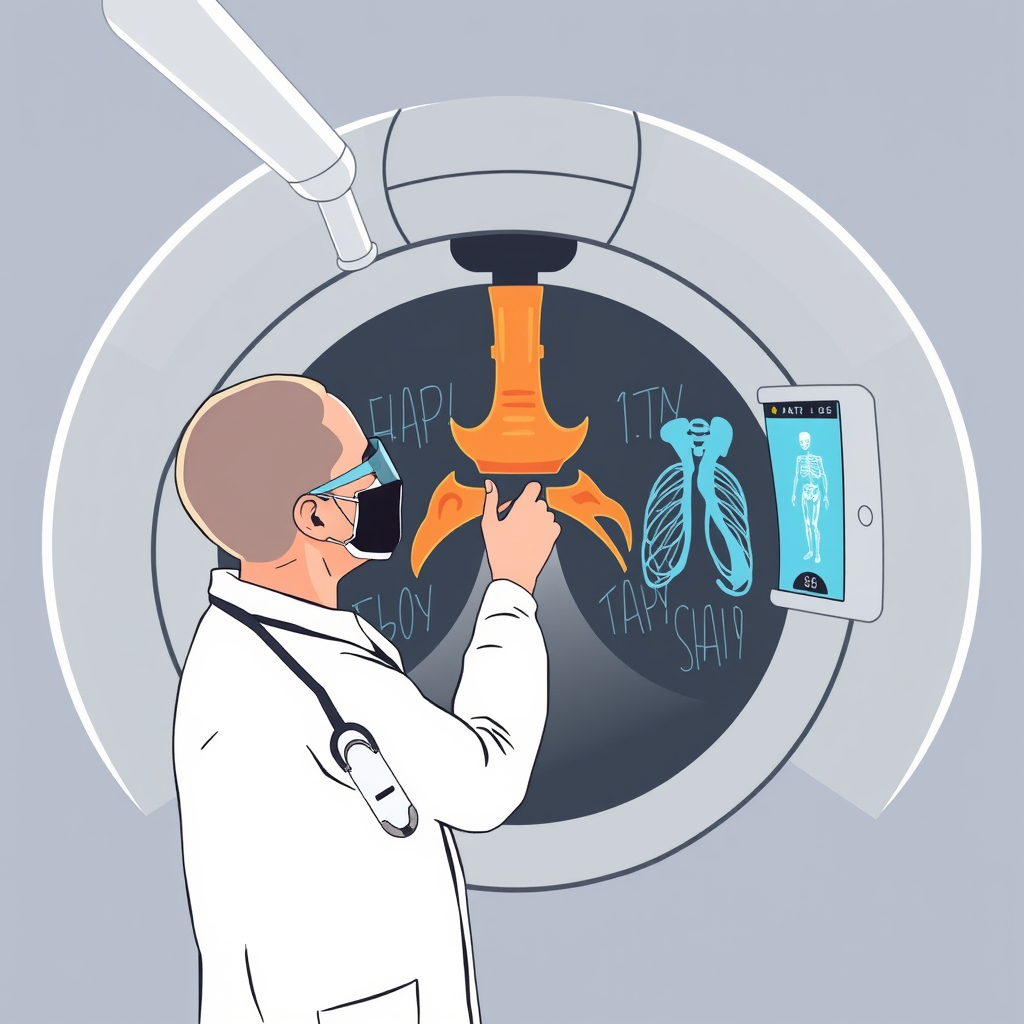MARKET OPPORTUNITY
SAM
TAM
PAM
Addressing a Global Health Challenge Impacting 1 in 4 People
Potential Addressable Market:
-
PAD: 150 - 200M patients, (18 M in U.S.)
-
Coronary artery disease: 315M patients
-
Heart valve calcification: ~25M patients
-
Chronic Kidney Disease ~500M patients have vascular calcification
-
Stroke 93M patients
Total Addressable Market:
-
PAD patients with arterial calcification requiring treatment
-
34-57M (30-50% of total PAD population)
Market Context:
With PAD drugs, and endovascular interventions such as stents, balloons, atherectomy, & IVL, ELT-101 can
-
facilitate use
-
render them unnecessary
-
be used when those calcify or fail
PERIPHERAL ARTERY DISEASE
Peripheral Artery Disease (PAD) is a serious cardiovascular condition characterized by narrowing and hardening of leg arteries, causing pain, loss of mobility, and increasing the risk of complications leading to amputation. Current treatment options are limited and often invasive, leaving a critical need for innovative therapies. No therapy reverses calcification where it starts in the artery wall.

CARDIOVASCULAR DISEASE
Cardiovascular disease encompasses a range of disorders affecting the heart and blood vessels, including coronary artery disease, stroke, and PAD. Calcification of arteries plays a major role in these conditions by stiffening vessel walls, impairing blood flow, and triggering adverse cardiovascular events. Reversal of arterial calcification can significantly improve patient outcomes and reduce healthcare burdens globally.

CALCIFICATION & ELASTIN
Arterial calcification (grey sections on upper image) is a major risk factor that leads to and complicates many cardiovascular conditions. It results from the deposition of calcium phosphate crystals in artery walls, often triggered by damage to elastin; a vital protein that provides elasticity to arteries. Middle image shows where elastin is located in arteries. Lower image shows healthy and damaged elastin.
As elastin degrades, calcification and chronic inflammation accelerate, causing arteries to stiffen and lose their flexibility. Targeting calcification at the site of damaged elastin is key to restoring vascular function.
-
Diabetes, COPD, & Kidney Disease patients face higher risk of complications & amputation due to calcification.
-
Calcification is primary reason for the failures of stents, angioplasty, & atherectomy interventions, requiring costly & risky revascularization procedures
-
Current treatments such as revascularization, lithotripsy, mechanical removal, and drugs each have limitations, leaving a major unmet need.
Image Credits: Top Image Philips Medical Bottom image Fraunhofer.
Bottom image shows elastin in a six-year-old on left and elastin in a 90-year-old right. This degradation process occurs in everybody.



THERAPEUTIC TARGETS, USERS, MARKETS

Interventional Radiologists
Using imaging to guide minimally invasive treatment and procedures.

Vascular Surgeons
Perform surgeries on blood vessels, repair arteries and veins.

Cardiologists
Diagnose and treat heart diseases, manage cardiac health and conditions.
